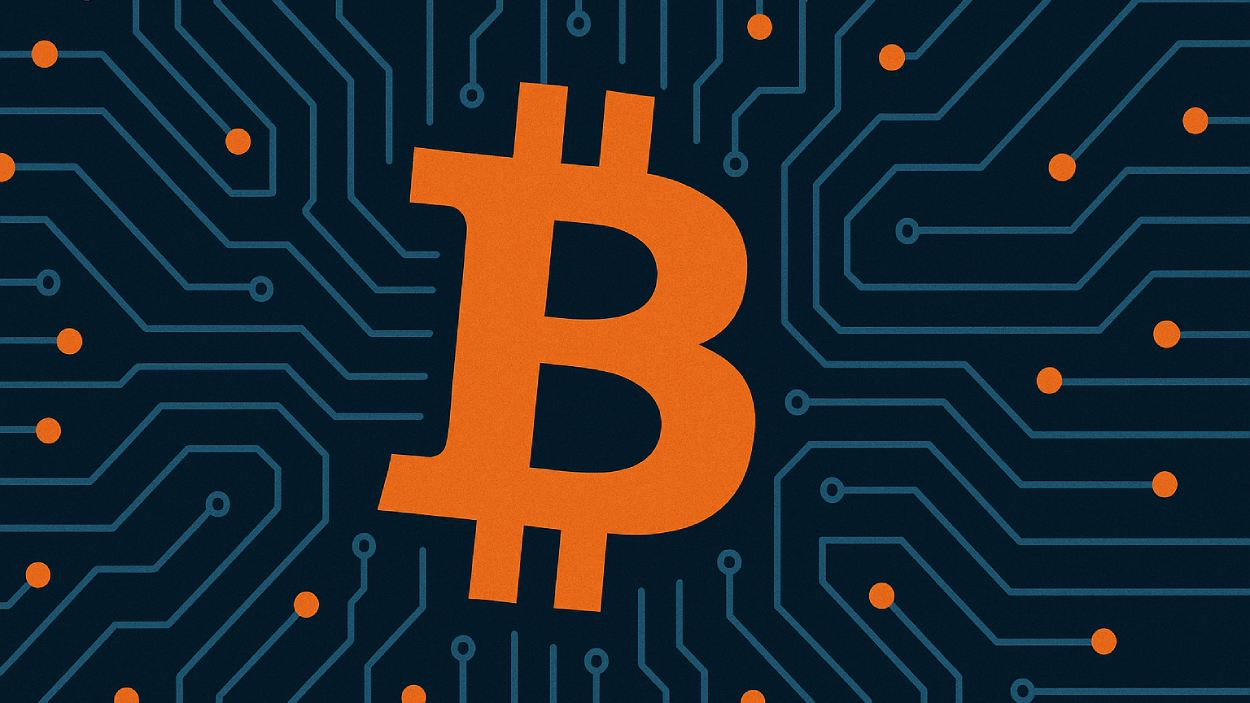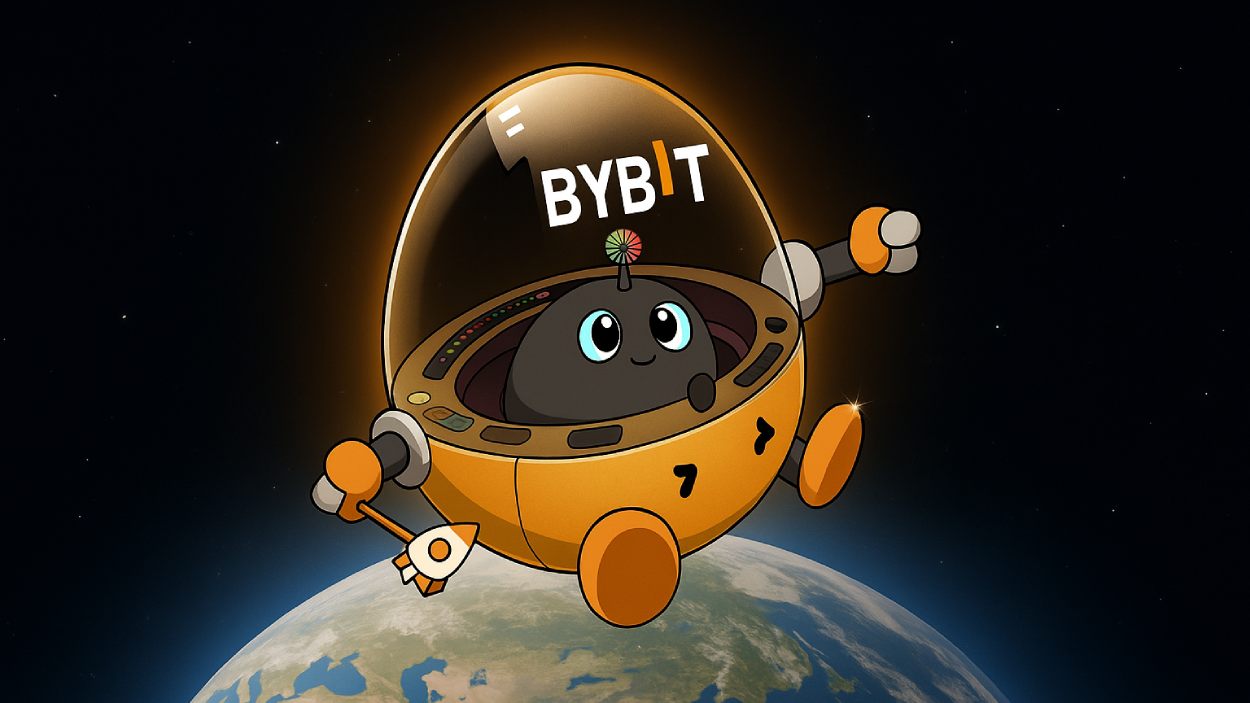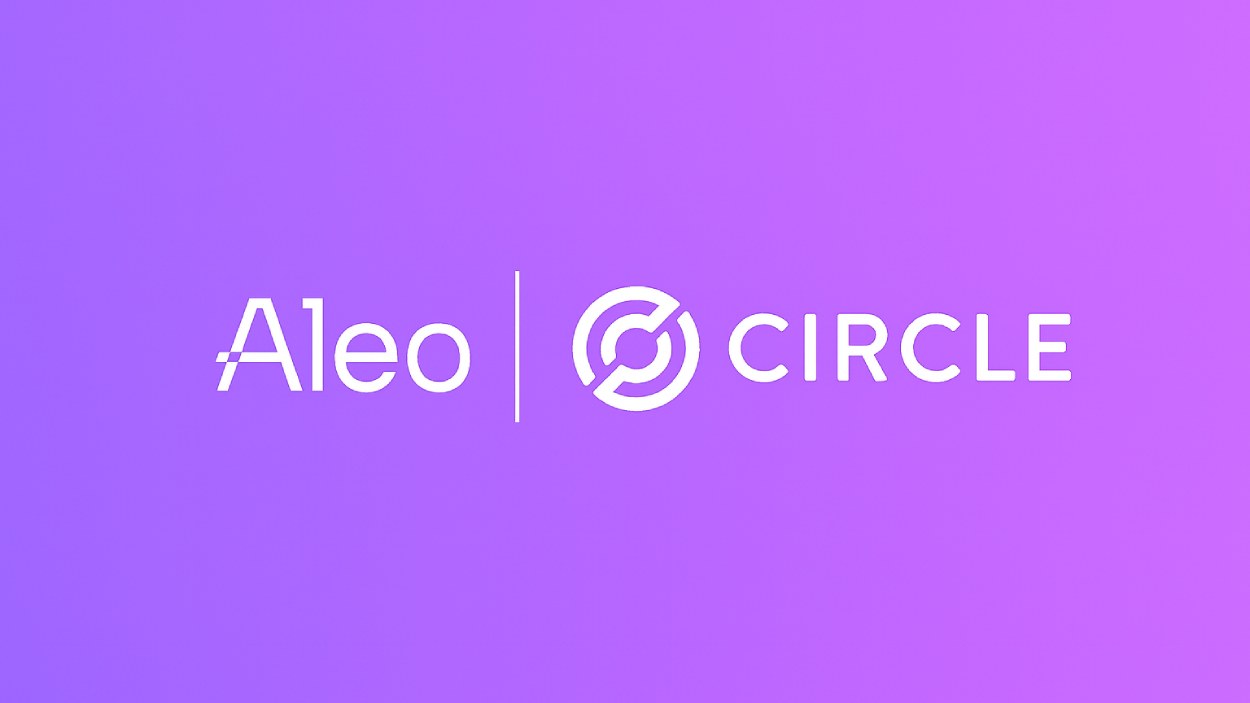A new Bitcoin Improvement Proposal has divided the crypto community, with critics calling it a dangerous overreach that threatens Bitcoin’s core principles.
Key Takeaways
- BIP 444 proposes a one-year soft fork to restrict non-financial data in Bitcoin transactions.
- The proposal’s language warns of “moral and legal consequences” for those who reject it.
- Critics, including Bitcoin veterans, see it as an attack on Bitcoin’s voluntary consensus model.
- Supporters argue it’s a temporary fix to protect node operators from legal risks linked to illegal content.
What Happened?
A proposal titled Bitcoin Improvement Proposal 444 (BIP 444) was released by a pseudonymous developer “Dathon Ohm,” sparking intense debate. The proposal seeks to temporarily limit arbitrary data storage on the Bitcoin network. Long-time developer Luke Dashjr publicly backed it, claiming it is a necessary step to address the growing issue of illegal data embedded in Bitcoin transactions. But the proposal’s wording has triggered alarm across the developer and user communities.
A fork under the threat of “legal consequences” is the most clear case of an attack on Bitcoin
— Ben Kaufman (@_benkaufman) October 26, 2025
What Is BIP 444 Trying to Solve?
The debate stems from the release of Bitcoin Core v30, which expanded the amount of data that could be stored onchain by lifting restrictions like the 83-byte cap on OP_RETURN. This made it easier for non-financial use cases like Ordinals and BRC-20 tokens to thrive but also created the risk of embedding illegal content, such as copyrighted material or child sexual abuse material (CSAM).
Supporters of BIP 444 argue:
- The presence of such content could expose node operators to criminal liability.
- A temporary soft fork could limit legal risks while developers work on a long-term solution.
- The fork is not ideal, but a “necessary stopgap.”
The proposal includes several technical restrictions:
- Cap OP_RETURN outputs at 83 bytes.
- Limit most scriptPubKeys to 34 bytes.
- Restrict data pushes to 256 bytes.
- Disable unused script versions and restrict Taproot features.
- Effectively disable Ordinals inscriptions by banning certain Tapscript commands.
The Legal Language That Set Off a Firestorm
The most controversial part lies not in the code, but in the wording of the draft.
Lines 261 to 272 state: “There is a moral and legal impediment to any attempt to reject this soft fork… Rejecting this soft fork may subject you to legal or moral consequences or result in you splitting off to a new altcoin like Bcash.”
The backlash was swift:
- Ben Kaufman called it “the most clear case of an attack on Bitcoin.”
- Peter Todd said the proposal aims for adoption through “legal threats.”
- Alex Thorn of Galaxy Digital labeled it “incredibly stupid.”
this is explicitly an attack on bitcoin
— Alex Thorn (@intangiblecoins) October 26, 2025
however it’s also incredibly stupid
Even those sympathetic to limiting illegal content say the language crossed a line by suggesting coercion.
Is This About Security or Censorship?
Critics argue that BIP 444 violates Bitcoin’s core ethos:
- Bitcoin is meant to be permissionless and neutral.
- Imposing limits based on morality or legality opens doors to subjective censorship.
- Filtering transactions sets a dangerous precedent, especially when driven by external legal concerns.
Supporters, including Dashjr, argue that hosting illegal data could make node operators targets of prosecution, depending on jurisdiction. The intent, they say, is not to threaten dissenters but to protect users and buy time.
Technical Viability Called Into Question
Adding insult to injury, Peter Todd demonstrated that the full text of BIP 444 could still be embedded onchain under the proposed rules. If true, this suggests that the restrictions may be ineffective at stopping what they aim to prevent.
Meanwhile, only about 6.5% of nodes have adopted Bitcoin Core v30, meaning the risk remains mostly theoretical for now. Still, the intense reaction underscores how high the stakes feel for those involved.
Potential for a Network Split
While BIP 444 has not yet reached the official Bitcoin dev mailing list, concerns are growing that any attempt to activate it could lead to a chain split:
- If miners and users disagree on the fork, two versions of Bitcoin could emerge.
- A split driven by moral language rather than a technical flaw would be unprecedented.
CoinLaw’s Takeaway
In my experience watching these debates unfold, what makes BIP 444 uniquely explosive is not the technical proposal itself but how it’s communicated. When you bring legal and moral arguments into what has historically been a system of mathematical consensus, you shake the very foundation of trust that Bitcoin relies on. I get the fear of illegal content, and I agree the community needs safeguards. But coercive language in a protocol change? That’s a red flag. The Bitcoin ethos thrives on voluntary participation, not legal threats. Developers must tread carefully if they want to preserve that trust.

























































